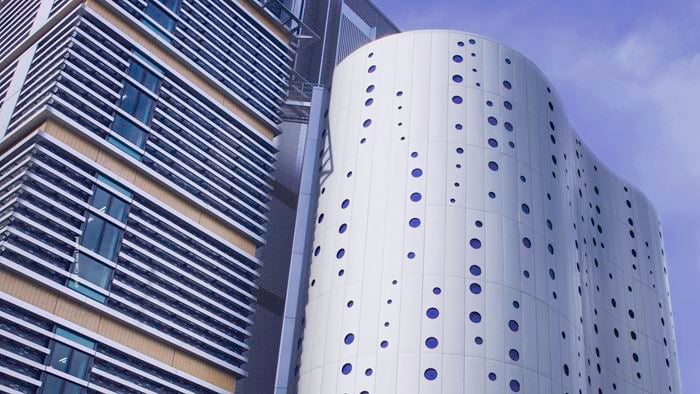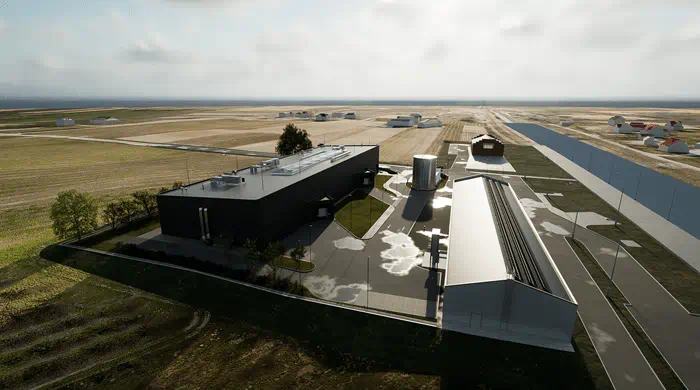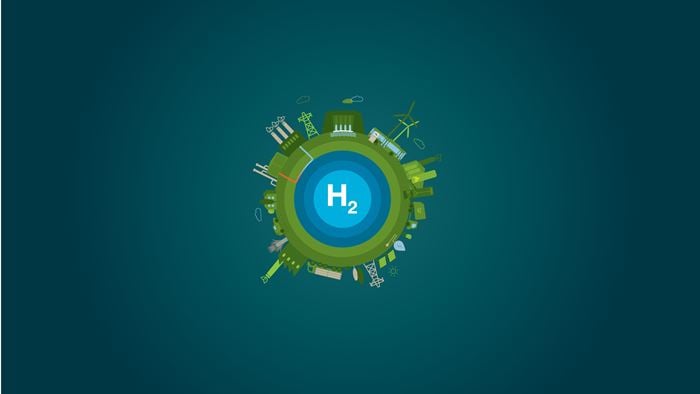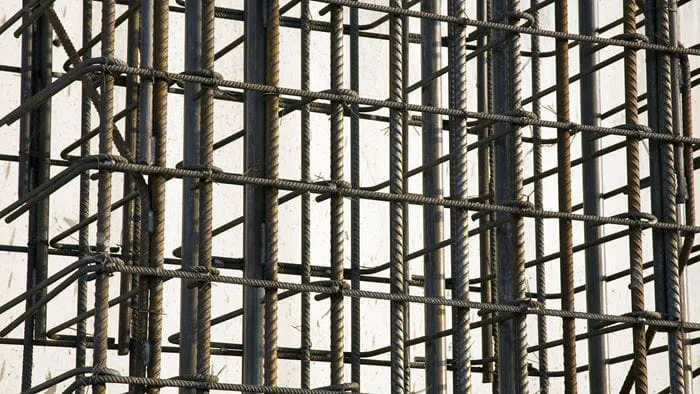The West Cambridge Data Centre was completed in August 2014 and has provided the University of Cambridge with its first standalone data centre, housing essential IT services within a central, purpose built and secure facility.
The data centre is a two levelled building, housing up to 220 racks across 1,030m2 of IT whitespace. With an identical footprint of 1,030m2, the data centre includes associated plant rooms to power and cool the data halls, and ancillary accommodation including build rooms, office and meeting space. The location of the data centre site has been future proofed to allow the facility to be extended to double the existing capacity if required.
Energy efficient
The design brief called for high energy efficiency, a low PUE (Power Usage Effectiveness, a metric used to gauge energy efficiency) and a carbon reduction of 10% on existing university facilities. The Arup ‘total design’ meets the University’s ambitious energy efficiency aspirations, delivering an impressive PUE of less than 1.2 and carbon reduction of up to 40% on existing university facilities.
Project Summary
1,030m2 of IT whitespace
220racks
40%of carbon reduction
Collaborative relationship
We have delivered other significant buildings for the University of Cambridge. These include, Institute for Manufacturing ‘Alan Reece’ building, the Stirling Prize winning Sainsbury Laboratory and the Sport Centre on the West Cambridge campus.
The strong collaborative relationship between the consultant and client inspired the project team to push the confines of the design. A key design feature of the data centre is the full free cooling chilled water system serving different in-room/rack solutions of varied IT densities. This solution supports the long term flexibility to meet the IT demands of today and the future. The mechanical design also utilises hybrid dry-air coolers to exploit the benefits of evaporative cooling.
We recommended supplying air at higher temperatures (ASHRAE A2 temperature range) within the whitespace for all three key users of the data centre. Early adoption of this approach unlocked the potential for a highly efficient and low cost design.
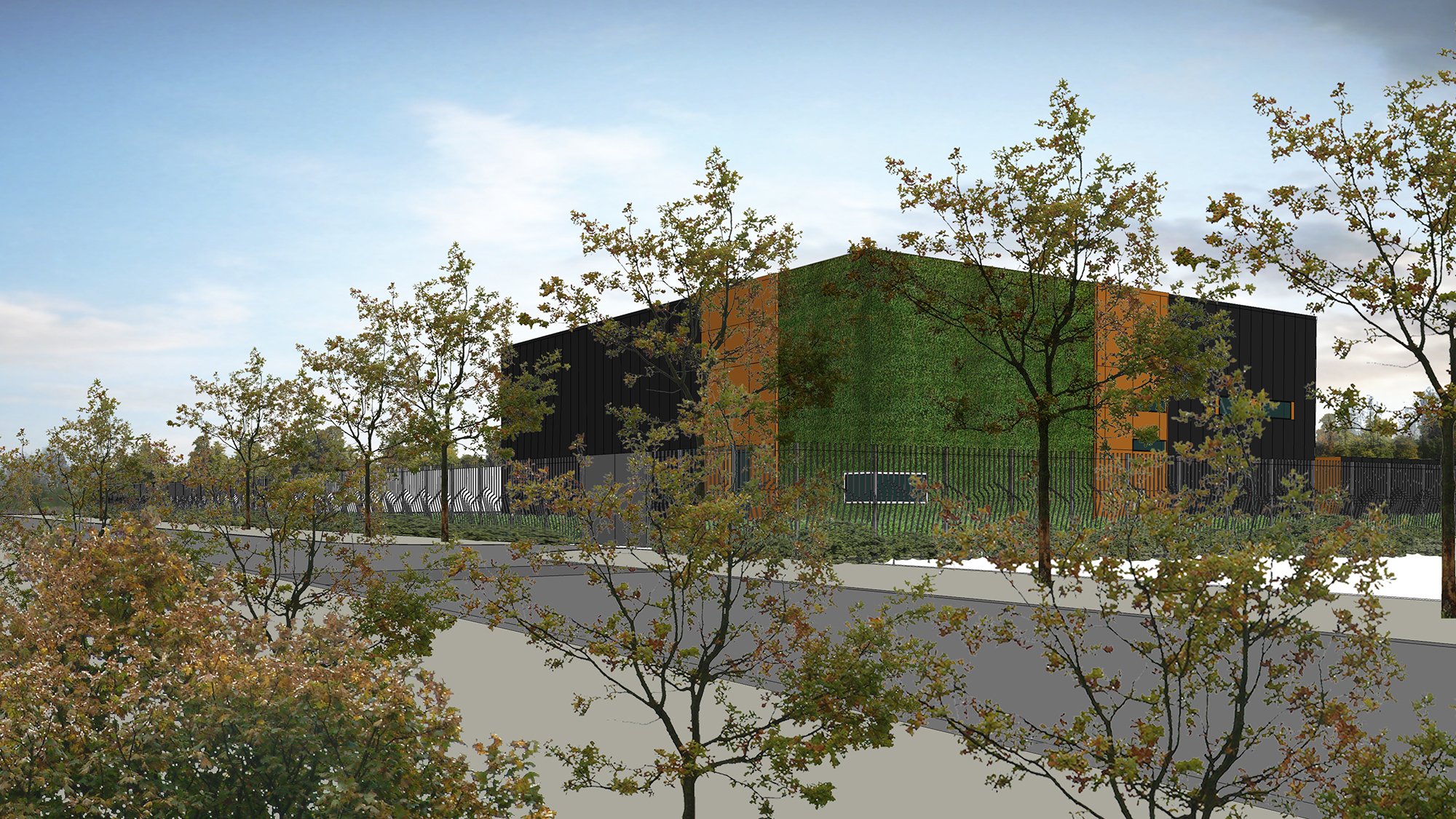 ;
;



